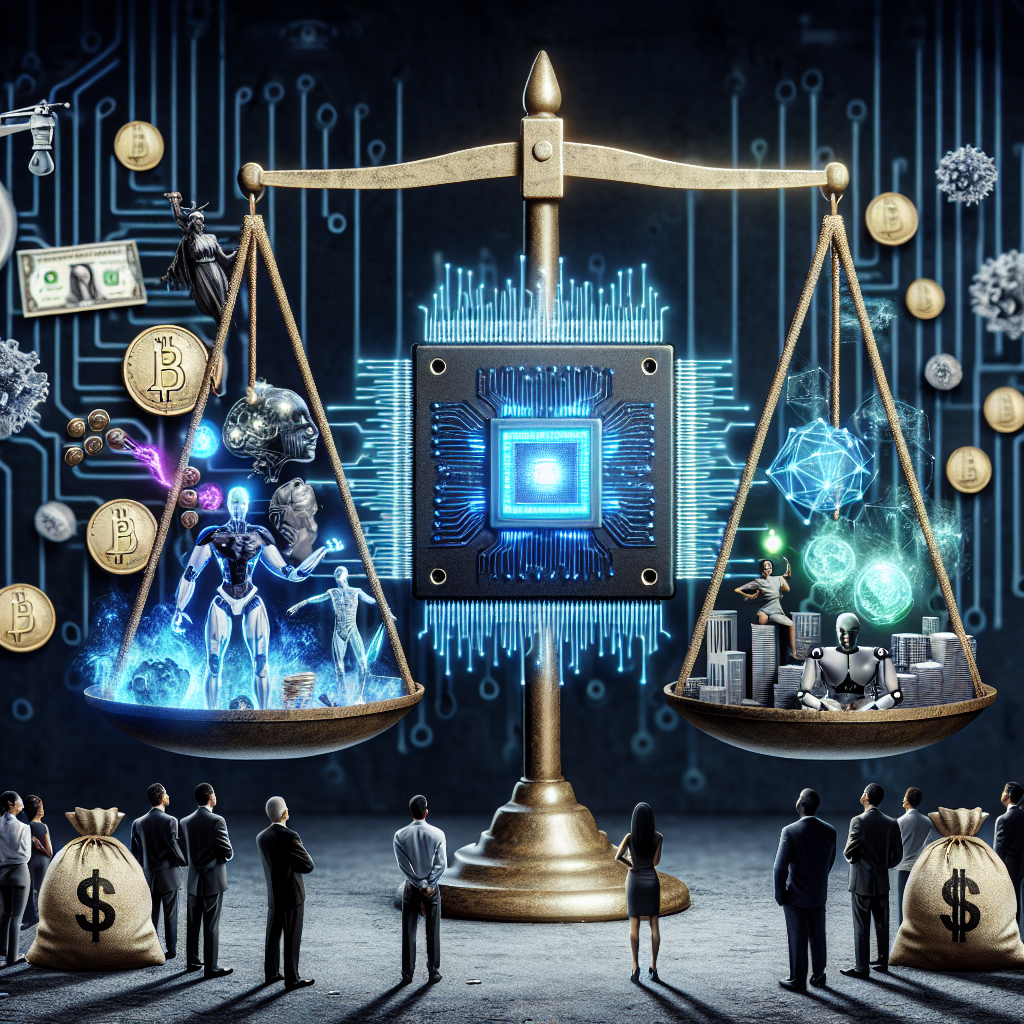AI Revolution Costs and Who Pays
In 1956, a handful of scientists gathered at Dartmouth College for a summer workshop that would unknowingly ignite one of the most transformative revolutions in modern history. The goal? To explore the possibility that machines could simulate every aspect of human learning and intelligence. Fast forward to today, and artificial intelligence powers everything from virtual assistants to autonomous vehicles. But behind this surge in innovation lies a rarely discussed truth: the AI revolution costs a staggering amount—and someone’s footing the bill.
The High Price of Progress
The financial burden of developing and scaling powerful AI systems is enormous. Training a single large language model, such as OpenAI’s GPT-4, can cost tens of millions of dollars. These costs stem from:
- Massive computational infrastructure: Data centers filled with high-performance GPUs require vast amounts of electric power and cooling systems.
- Skilled labor: AI researchers and machine learning engineers command top-tier salaries due to their highly specialized expertise.
- Endless data pipelines: Collecting, cleaning, and labeling datasets for AI training involves considerable time and resource investment.
As the AI arms race intensifies, companies are burning through billions in research and development just to stay competitive. And it’s not just the tech giants paying the price.
Who’s Really Footing the AI Bill?
While corporations like Google, Microsoft, Amazon, and Meta are investing heavily in AI, the ripple effects of these investments stretch out far and wide. Here are the key stakeholders involved in bearing the AI revolution costs:
- Governments: Public funding flows into university research labs and innovation grants. Taxpayers often support foundational AI breakthroughs through federal research investments.
- Consumers: From subscription fees for AI-powered software to increased hardware costs, everyday users indirectly support ongoing AI deployment.
- Startups and small businesses: To leverage AI solutions, these entities often rely on expensive third-party APIs or cloud services, squeezing their already-tight budgets.
- Environmental costs: High energy consumption not only incurs a financial cost but also contributes to carbon emissions, raising ethical questions about sustainable innovation.
The Democratization Dilemma
While AI is hailed as a great equalizer, there’s growing concern that it’s reinforcing existing inequalities. Small players struggle to access cutting-edge AI while tech behemoths enjoy first-mover advantages. The asymmetry of power and access creates innovation silos, concentrating both benefits and control in the hands of a few.
Projects like open-source AI and governmental AI neutrality programs aim to offset this trend, but implementation remains sparse.
Balancing the Ledger for the Future
As AI becomes more autonomous and influential, questions around accountability, oversight, and ethical allocation of resources take center stage. Public discourse must expand beyond what AI can do to include who pays, who gains—and who loses.
Ensuring an equitable AI future will require shared responsibility among stakeholders. Governments may need to subsidize access. Tech companies might be asked to mitigate environmental impacts. Citizens must become informed participants in shaping ethical AI policy.
To dive deeper into how AI economies are shaping global power structures, check out this detailed analysis from the Brookings Institution.
Conclusion
The revolution is here, and it’s not cheap. As the transformative power of AI continues to expand, understanding the true price tag—and who’s picking it up—is crucial. By acknowledging the AI revolution costs and who pays, we can begin building a more balanced, inclusive roadmap for where this technology takes us next.

